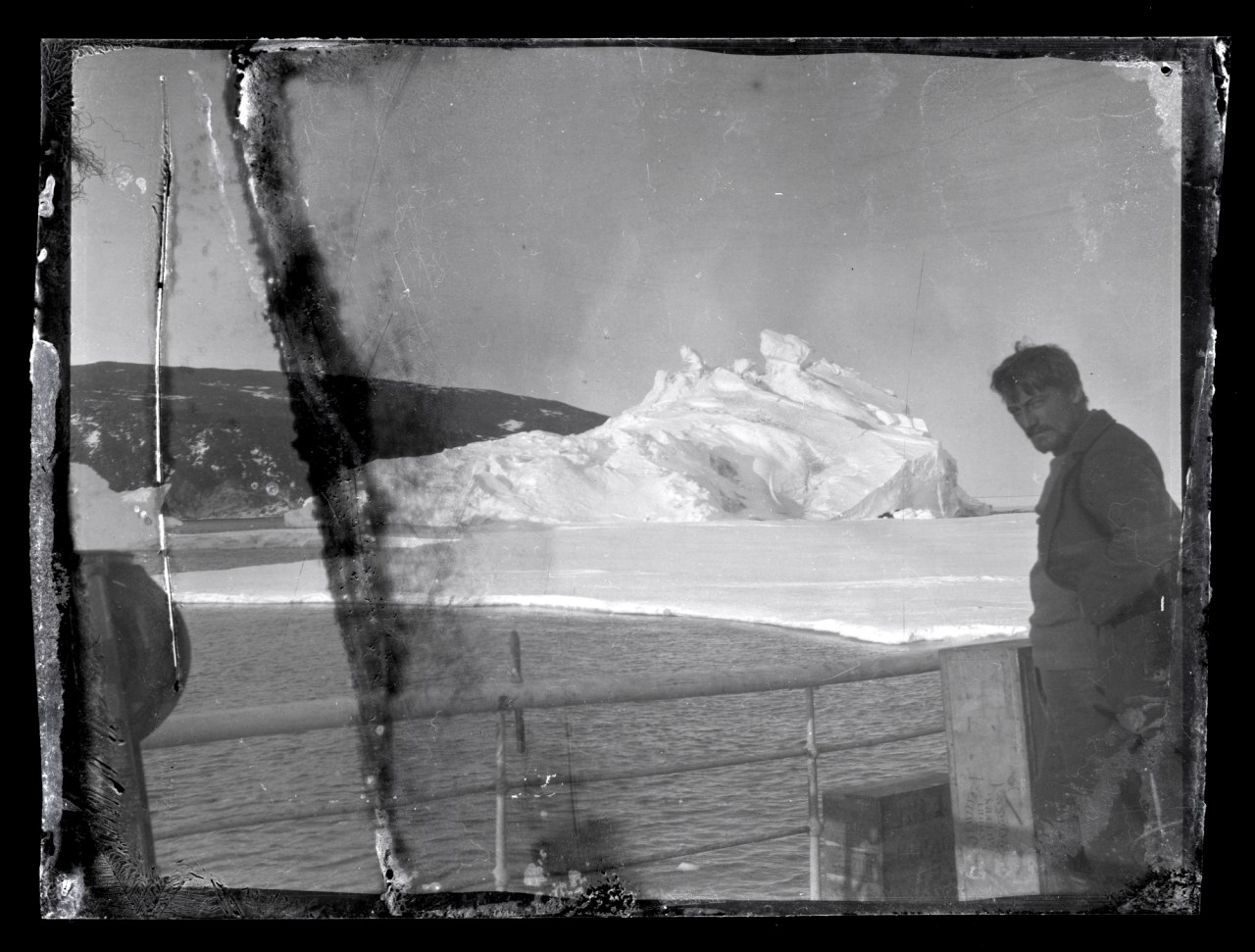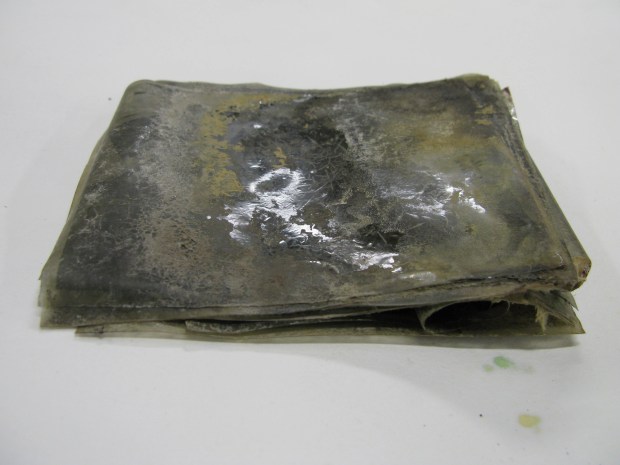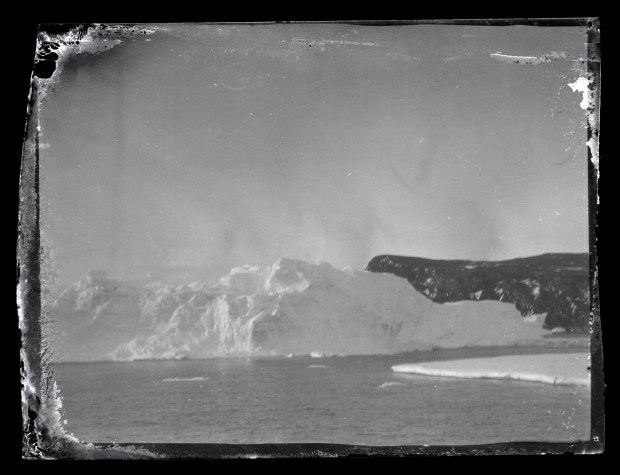“For God’s sake, look after our people,” Captain Robert Falcon Scott wrote in a final diary entry, dated Mar. 29, 1912, after a failed attempt to be the first to reach the South Pole. The British Royal Navy officer was beaten by a Norwegian expedition party that had arrived five weeks earlier. He and his crew perished on their journey back from the South Pole, leaving behind a small wooden hut on Cape Evans that would yield historical riches a century later.
In 2014 the New Zealand Antarctic Heritage Trust announced it had found 22 photo negatives inside the hut. The negatives dated not to Captain Scott’s expedition, but to Sir Ernest Shackleton‘s Imperial Trans-Antarctic Expedition of 1914, when a second crew took shelter there after disaster struck.
Clumped together, the cellulose could barely be salvaged. Most were covered in mold. A photographic conservationist took months to diligently separate and develop all 22 images. The most notable photo is of Alexander Stevens, the chief scientist of the Shackleton expedition. He was renowned for taking painstakingly accurate notes on barometric pressure, precipitation, and wind readings during the trek.

Shackleton began to plan his journey from London to the South Pole in 1911, more than a year before Scott’s expedition would tragically end. Sailing south to Antarctica on the Endurance, they planned to land at the southernmost point on the Weddell Sea coast. The total trek would be more than 1,800 miles. The final leg would take them to the McMurdo Sound on the Ross Sea.
The trick was to carefully space the supplies to cover the last quarter of the journey, as the main party couldn’t carry enough supplies on its own. A secondary company, known as the “Ross Sea party,” departed ahead of Shackleton’s expedition, on Dec. 24, 1914. It arrived in the McMurdo Sound on Jan. 16, 1915, set to drop food and supplies like squirrels readying for winter.
Things took a turn in May 1915, when the Ross Sea party’s ship, the Aurora, was blown out to sea by a blizzard, leaving some of its crew stranded on Ross Island. The 10 stranded men pushed onward, continuing to drop supply depots along the planned route even though they had lost many of their sled dogs to the crew’s inexperience. But the supplies would never be used, because the Endurance had also been felled by the ice of the South Pole, and Shackleton had abandoned his mission.
This bare-bones Ross Sea crew eventually took shelter in the hut erected by Captain Scott and his crew and was rescued over two years later in January of 1917. Three had perished during the wait. The hut was then shuttered to mark the end of almost seven years of daring and fatal bids to conquer the South Pole.

